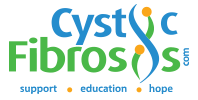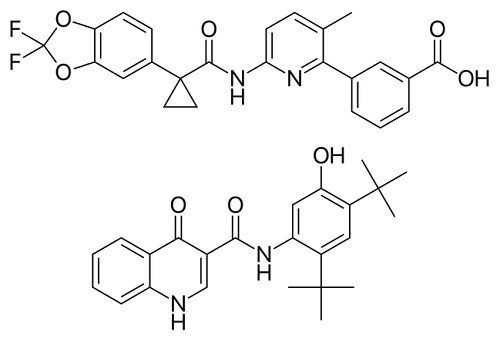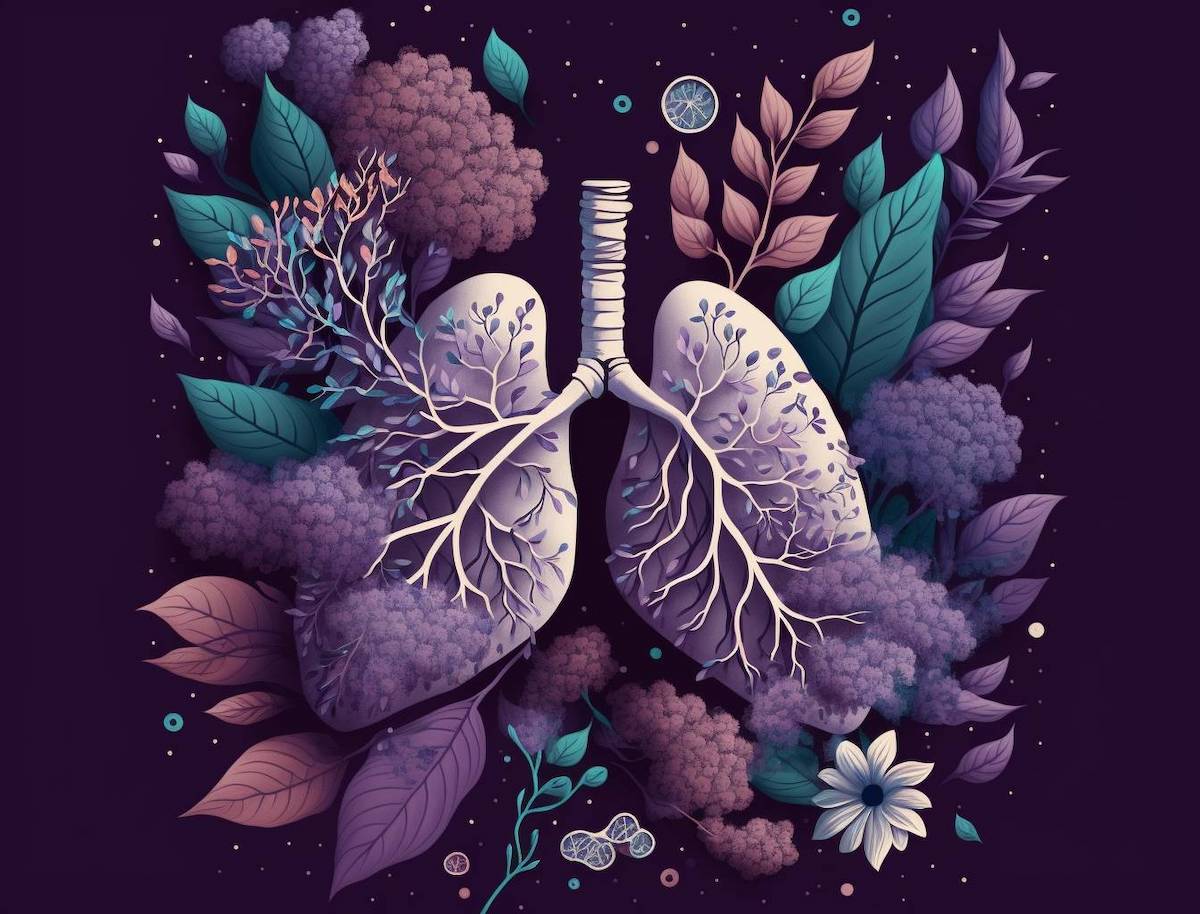Orkambi Study On Children Age 6-12 With DDF508: Cystic Fibrosis Treatment
Results are in from a 24-week study of Orkambi (lumacaftor/ivacaftor – a medication used in cystic fibrosis treatment) in 58 children with cystic fibrosis age 6-12 with two copies of the F508-delta mutation. Researchers were looking to examine the safety and efficacy of the CFTR potentiator on this age group and mutation pairing.
Safety and tolerability were comparable to adult populations, with two patients discontinuing the medication because of adverse events (one with elevated liver transaminases and the other with rash).
Efficacy was measured by changes in sweat chloride values, body mass index, pulmonary function (FEV1), Cystic Fibrosis Questionnaire-Revised respiratory domain score, and lung clearance index. Respiratory measures beyond FEV1 were included to assess children because they often have a relatively high FEV1, which presumably makes statistically significant changes less likely.
The study showed:
A drop in sweat chloride levels (−24.8 mmol/L; 95% CI, −29.1 to −20.5; P < 0.0001)
Improvement in body mass index (+0.15; 95% CI, 0.08 to 0.22; P < 0.0001)
Improved score in the respiratory section of the Cystic Fibrosis Questionnaire-Revised (+5.4; 95% CI, 1.4 to 9.4; P = 0.0085)
Improved lung clearance index based on lung volume turnover required to reach 2.5% of starting N2 concentration (−0.88; 95% CI, −1.40 to −0.37; P = 0.0018)
No significant changes in percent predicted FEV1 (change from baseline at Week 24, +2.5 percentage points; 95% confidence interval [CI], −0.2 to 5.2; P = 0.0671)
Read the study abstract in the American Journal of Respiratory and Critical Care Medicine.




